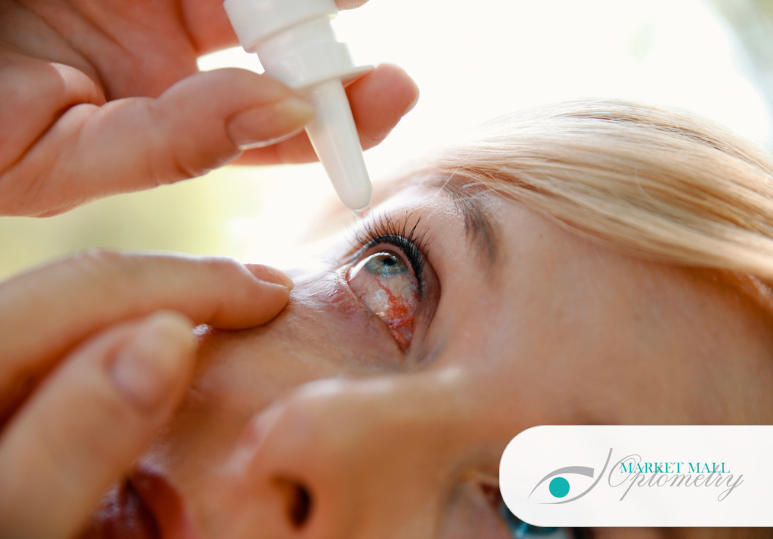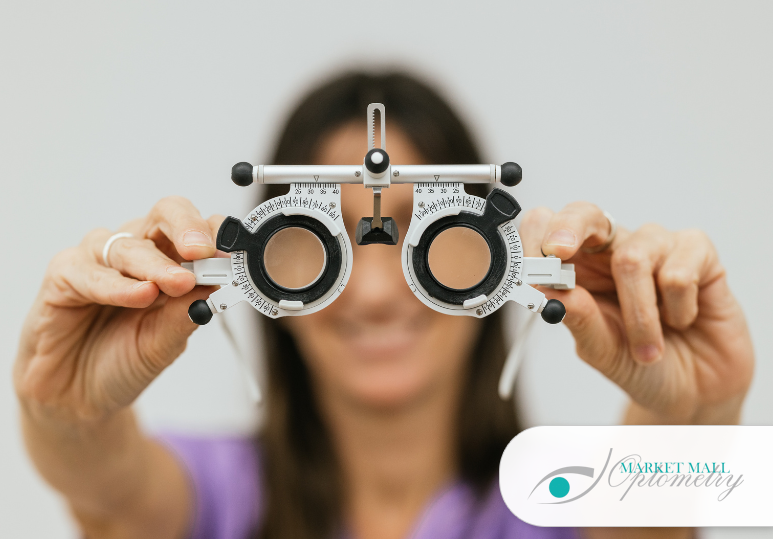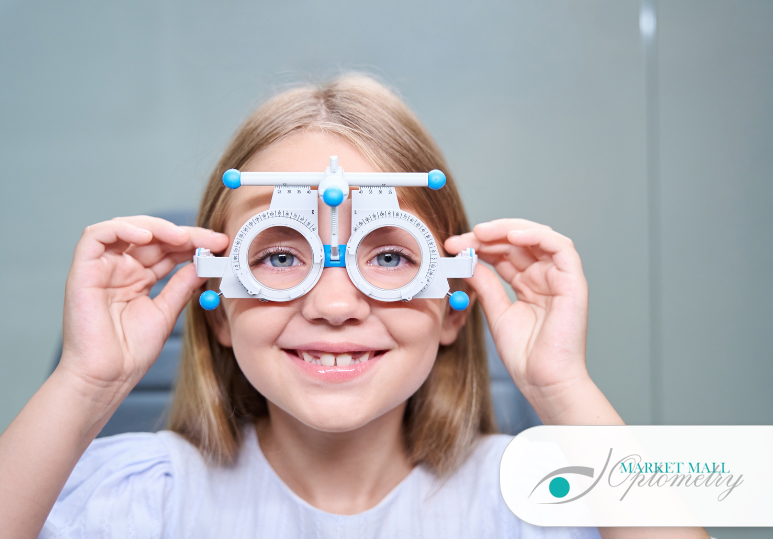Why OCT Scans Are Important During Eye Exams
What Is Optical Coherence Tomography?
Optical coherence tomography (OCT) is a type of retinal imaging. By taking cross-sectional photographs of your retina, OCT scans allow your optometrist to view the layers of your retina to view all of the retinal components and see if any conditions are developing. OCT scans show optometrists the thickness of the retina as well as very detailed images so that optometrists can see even small flaws in the retina.
Why Is Optical Coherence Tomography Important?
When your optometrist views your eye, they are looking at various elements that may indicate issues with your eye health. OCT scans allow optometrists to view small details such as blood vessels in the retina or buildups of proteins (called drusen). By using this advanced eye technology during eye exams, optometrists are able to diagnose various eye conditions such as glaucoma, macular degeneration, diabetic retinopathy, vitreous traction, optic nerve disorders, and macular conditions (including macular hole, macular pucker, and macular edema). By viewing the development of these and other potential conditions during an eye exam, your optometrist can begin an early management plan for any eye condition so that it does not progress to the point that it impacts your vision, or so the progression is slowed. Many eye conditions do not have a cure or a way to restore vision, so your best line of defense is early diagnosis and proper management. OCT scans enable the earliest diagnosis possible.
Even if you are not developing any conditions at the moment, OCT photos taken during eye exams can be kept on record so that your optometrist has a visual history of your inner eye. This helps your optometrist track any potential changes and it can be incredibly beneficial if you switch optometrists, as the files can be transferred so your current optometrist has a comprehensive history of your eye health.
Why Might I Need An Optical Coherence Tomography Scan?
Even if you don’t suspect you have any eye conditions, OCT scans are still beneficial. Many eye conditions develop without showing symptoms. If you go for an eye exam because you are exhibiting symptoms of an eye condition, that eye condition has already progressed and damaged your eye health and these symptoms will not go away without treatment. Getting an OCT scan regularly protects you from being unaware of this development. Although everyone is recommended to get an OCT scan, it is particularly recommended for anyone who has a family history of eye disease, has a personal history of eye conditions or issues, has diabetes, or has high blood pressure.
Adult Eye Exams In Calgary
Optical coherence tomography scans are offered during adult eye exams at Market Mall Optometry in Calgary. If you are at risk of developing eye conditions or if you haven’t been to the optometrist for your annual eye exam, schedule an adult eye exam to have your eye health evaluated. The expert optometrists at Market Mall Optometry will assess your eye health using the most up-to-date technology, including an OCT scan. To book an adult eye exam and take control of your eye health, contact Market Mall Optometry in NW Calgary by calling 1-403-286-4884 or filling out the online contact form.
FAQ
Q: Is there a difference between a 3D eye exam and an Optical Coherence Tomography exam?
A: No, an OCT scan is sometimes called a 3D or digital eye exam, but they are all the same thing. Because an OCT scan takes cross-sectional digital images, it creates a 3D image.
Q: Do I only need to get an OCT scan during my eye exam if I’m at risk for certain eye conditions?
A: It is most important for people at risk of developing eye conditions or people over 45 to get OCT scans, but it is beneficial for everyone.
Q: What does an eye exam at Market Mall Optometry in Calgary typically include?
A: Your Calgary eye doctor will:
- Assess colour deficiency.
- Measure depth perception.
- Measure the pressure inside of your eyes.
- Measure your existing glasses prescription.
- Review any health concerns you may have or that may be in your family history.
- Examine your eyes with and without the help of lenses.
- Fully assess the health of your eyes.
- Take retinal photos to assess the health of the back of your eyes.
- Give an optometrist-determined prescription if needed.





